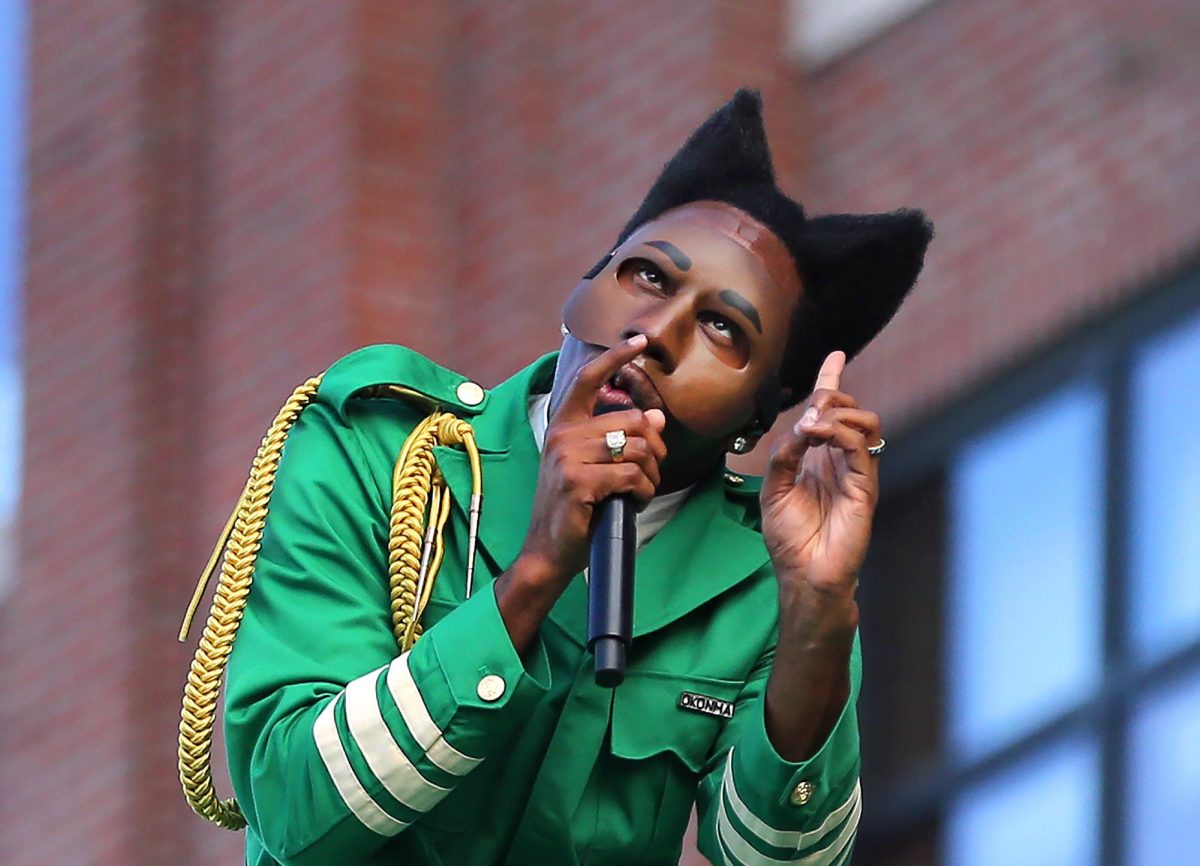Tybout: G-20 riots nothing compared to craziness of fictional Pittsburgh zombie attacks
October 5, 2009
More than a week ago, the streets of Oakland became almost unrecognizable. Tear gas filled the air. Students ran for safer ground. The distant sound of rubber bullets reverberated across campus.
But if you’re a fan of George Romero, you’ve probably seen all of this before.
Pittsburgh continually gets destroyed — not just during political summits and Super Bowl celebrations, but also in movies.
There is one huge difference in movies, though. The aggressors aren’t hungry for chaos — they’re hungry for human flesh.
Romero, a CMU graduate and Pittsburgh native who now lives in Toronto, is the iconic director of most of the “Living Dead” series, cult zombie movies that usually take place in or near our Steel City. He’s the man responsible for Pittsburgh’s — and arguably, all of film’s — undead legacy.
Romero first set out to destroy our corner of Pennsylvania in 1968 with “Night of the Living Dead.” The movie, available on Hulu.com for your viewing pleasure, goes like this: A woman visits her father’s grave near Pittsburgh, and upon a nasty encounter with a less-than-speedy zombie, she takes refuge in a farmhouse with a gang of survivors.
Suspense and terror ensue, as the survivors’ only hope lies in the zombie-infested outdoors, where they must fetch gasoline for their escape truck.
The movie revolutionized the horror genre and gave Pittsburghers a new monster to fear and celebrate.
That was more than 40 years ago.
Since then, zombies, like a growing business, have diversified. They’ve become lightning-fast, infected former humans (“28 Days Later”) and comedic, bumbling distractions (“Shaun of the Dead”).
They’re usually not in Pittsburgh, either. 2004’s “Dawn of the Dead,” for instance, took place in some unlucky Midwestern mall, and the upcoming “Zombieland” looks to be a delightfully dark romp through sunny California.
Even Romero himself has moved on. His latest film, 2009’s “Survival of the Dead,” takes place on an island off the coast of North America — a decidedly un-Pittsburgh locale.
But Pittsburgh traditions die hard, if they die at all.
We still consider ourselves a working-class city. We still use inclines, and we’re still obsessed with zombies.
Maybe that’s why our city riots every four months. Maybe that’s why, at the slightest provocation, the streets fill with hoards of students and then police and then tear gas.
These roads were meant to be overrun, trampled, destroyed.
Think about it. Does a Romero movie really look that different from what happened in Oakland during the G-20 riots?
There’s the same mayhem, the same destruction. And that’s not an accident. One of the most endearing things about Romero’s creations is that they’re still, in a sense, people.
Except in Romero’s case, it’s people driven only by id, rage and the mob mentality. Pittsburgh thrives on that, and Romero, I think, knows it. Pittsburgh isn’t a city that’s risen out of the ashes of the 1970s.
It’s a city that burns down and rises with each seasonal riot, shedding its old skin for a new, more cautious one.
When you think of this, you can’t help but think of the man who envisioned it — the gray-haired, intellectual director who turned Pittsburgh into a post-apocalyptic wasteland before we, or the anarchists or whoever the hell it was, ever did.
So here’s to you, Mr. Romero. You don’t always make classics — we’ll let the documentary “O.J. Simpson: Juice on the Loose” rest in peace. But you are, perhaps unknowingly, the man who speaks most directly to the underlying psychology of the Steel City.
You can see us for the zombies that we are, when the rest of us just see chaos.
Check out some of the original “Dawn of the Dead”


